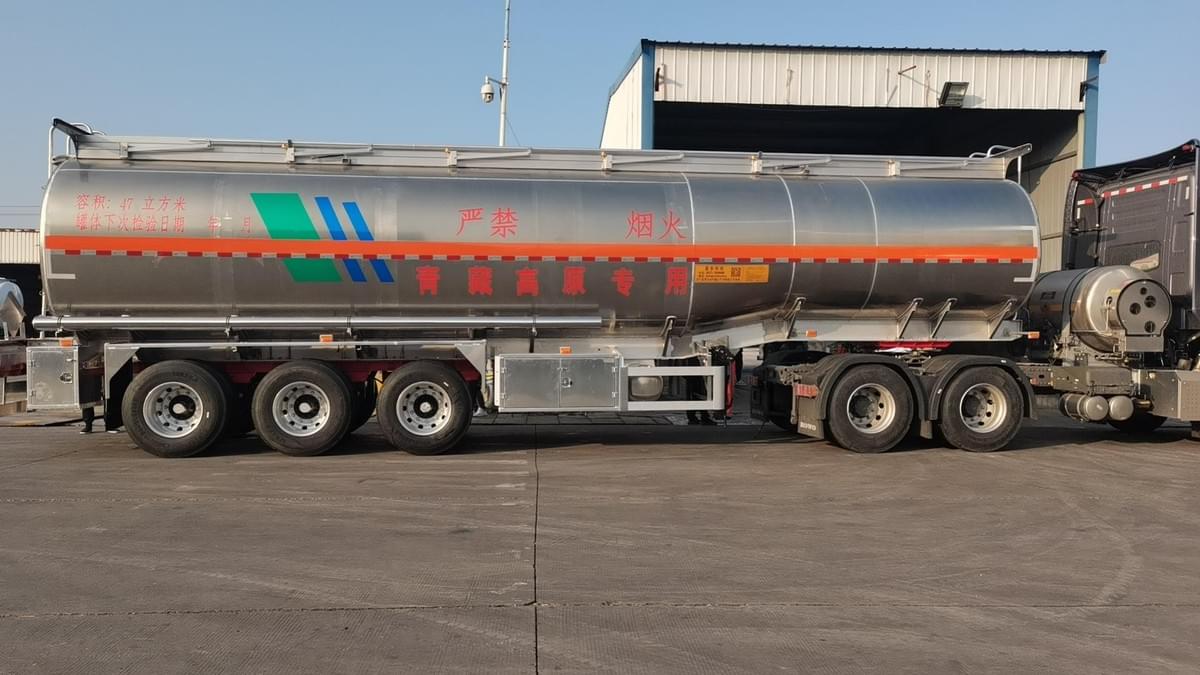LNG tank trailers must be equipped with the following safety equipment:
Pressure and Temperature Control Equipment
- Safety Valve: Burst pressure is 1.1 times the operating pressure and requires annual calibration.
- Emergency Shut-Off Valve: Response time ≤ 5 seconds.
- Pressure Gauge: Accuracy level not less than Class 1.5, range approximately twice the tank design pressure, requires calibrating every six months.
- Temperature Sensor: Accuracy ±1°C, used to measure the liquidus temperature of the medium.
Anti-static and Grounding Devices
- Static Conductive Tape: Installed between the tank and chassis, resistance ≤ 10Ω.
- Static Grounding Terminal: Installed on both sides of the tank. The resistance between any two points on the metal pipe or tank, or between any point and the grounding terminal, must be no greater than 5Ω.

Firefighting Equipment
- Fire Extinguisher: Dry powder fire extinguishers with a capacity of ≥ 8kg must be installed on both sides of the tank. One fire extinguisher with a capacity of at least 1kg must be provided in the cab.
- Flame Detector: Response wavelength 4.35μm.
Other Safety Equipment
- Level Gauge: Used to measure liquid level and must be sensitive and reliable.
- Flame Arrester: Installed in front of the exhaust pipe.
- Non-Slip Operating Platform: Installed on top of the tank, with a height of no less than 0.9 meters.
- Guardrail: A foldable guardrail with a height of no less than 0.9 meters is installed on the operating platform on top of the tank.
These safety features effectively ensure the safety of LNG tank trailers during transportation.
